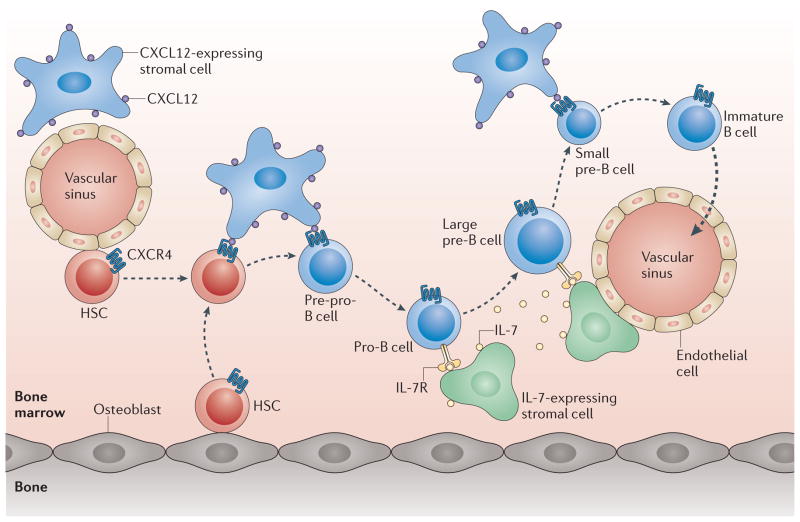Figure 6. Movement of B cell progenitors through successive bone marrow niches.
Haematopoietic progenitor cells (HSCs) are located near to osteoblasts, endothelial cells and CXC-chemokine ligand 12 (CXCL12)-expressing stromal cells. Pre-pro-B cells with rearranged diversity (D)-joining (J) segments are proposed to reside near CXCL12-expressing cells, whereas pro-B cells are positioned beside interleukin-7 (IL-7)-expressing stromal cells. After successful variable (V)–(D)J recombination, pre-B cells express the pre-B cell receptor (pre-BCR) and proliferate in IL-7-enriched bone marrow niches (these cells are large pre-B cells). Subsequently, pre-B cells upregulate CXC-chemokine receptor 4 (CXCR4) in response to interferon-regulatory factor 4 (IRF4), which is induced by pre-BCR signalling, and migrate to CXCL12-expressing niches that are likely to be distinct from those that support HSCs. This movement might further attenuate IL-7 signalling and also ensure exit from the cell cycle, thereby enabling the small pre-B cells to efficiently induce immunoglobulin light chain recombination. Following successful immunoglobulin light chain recombination, immature B cells expressing IgM downregulate CXCR4 and exit the bone marrow.

